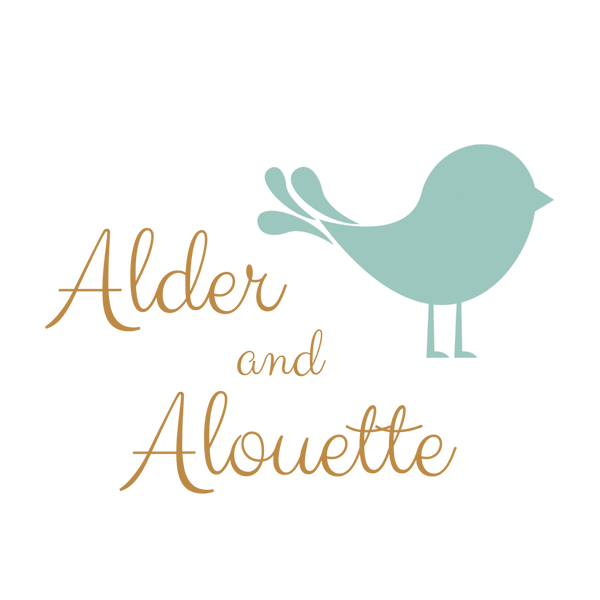Baroque versus German Fingering
Baroque verses German Fingering
When you purchase a recorder, you need to choose between a German or a Baroque (Barok) Fingering Style.
What is the difference between the two fingering styles? We went to Mollenhaur, makers of high-quality wooden recorders in the Netherlands, to find out, and this is what they say about that (their photograph of different fingering styles is also included below):
The most important difference is the fingering for the note F (soprano) that at first is easier in the German fingering system (in comparison to the forked fingering of the Baroque system, see below).
However, this apparent ease of fingering seriously compromises the tuning of the instrument in other keys than the home key. Even F-sharp requires more complex fingerings in order to sound reasonably in tune. For this reason modern recorder tutor books are geared towards Baroque fingering which – when taught properly – is no more difficult for pupils to learn.
A common error:
Often the double finger holes C/C-sharp and D/D-sharp (soprano) are regarded as evidence of Baroque fingering. However, the double holes are possible in both fingering systems. The Baroque fingering can easily be recognized by the larger 5th finger hole in comparison to a German instrument.

